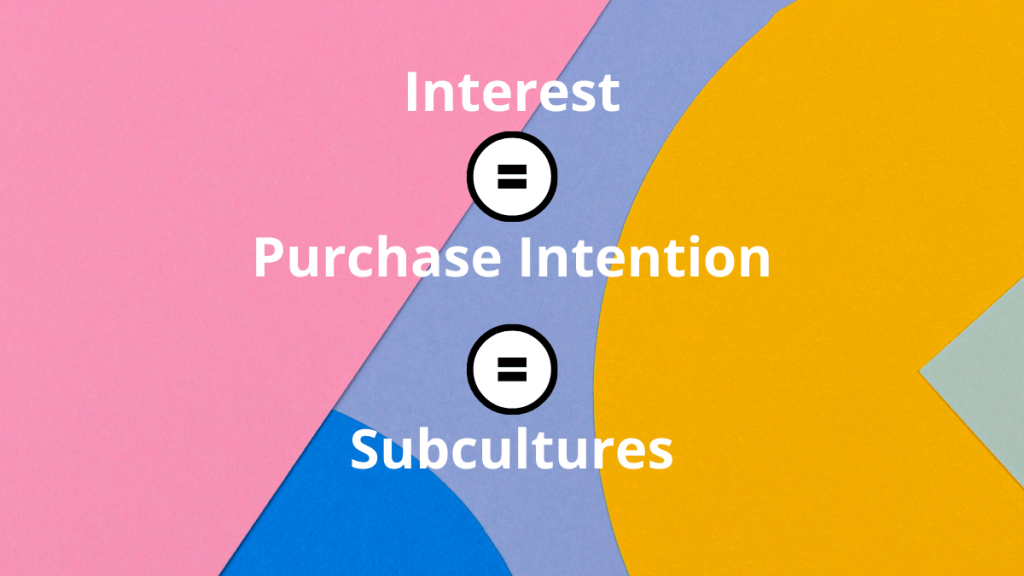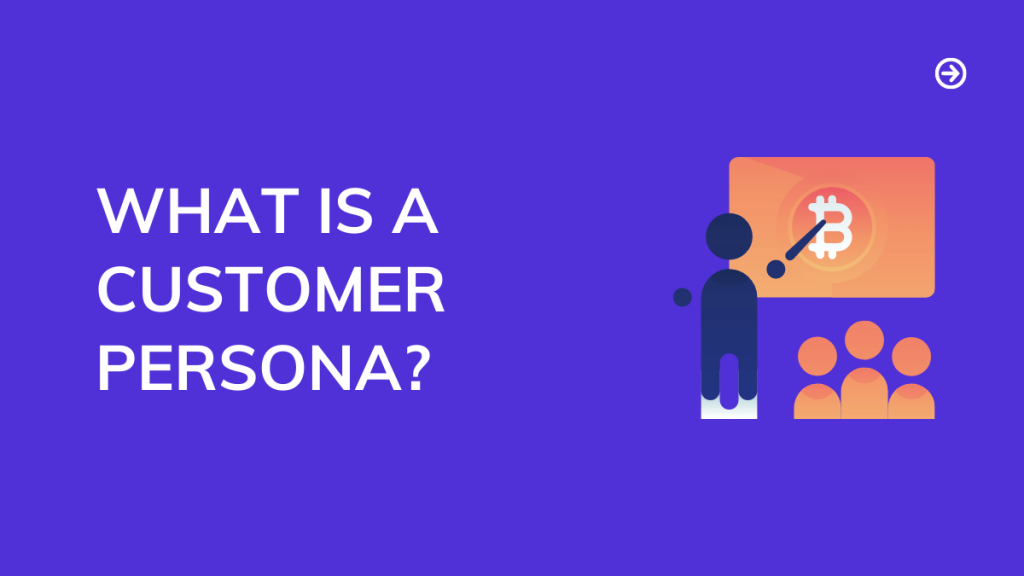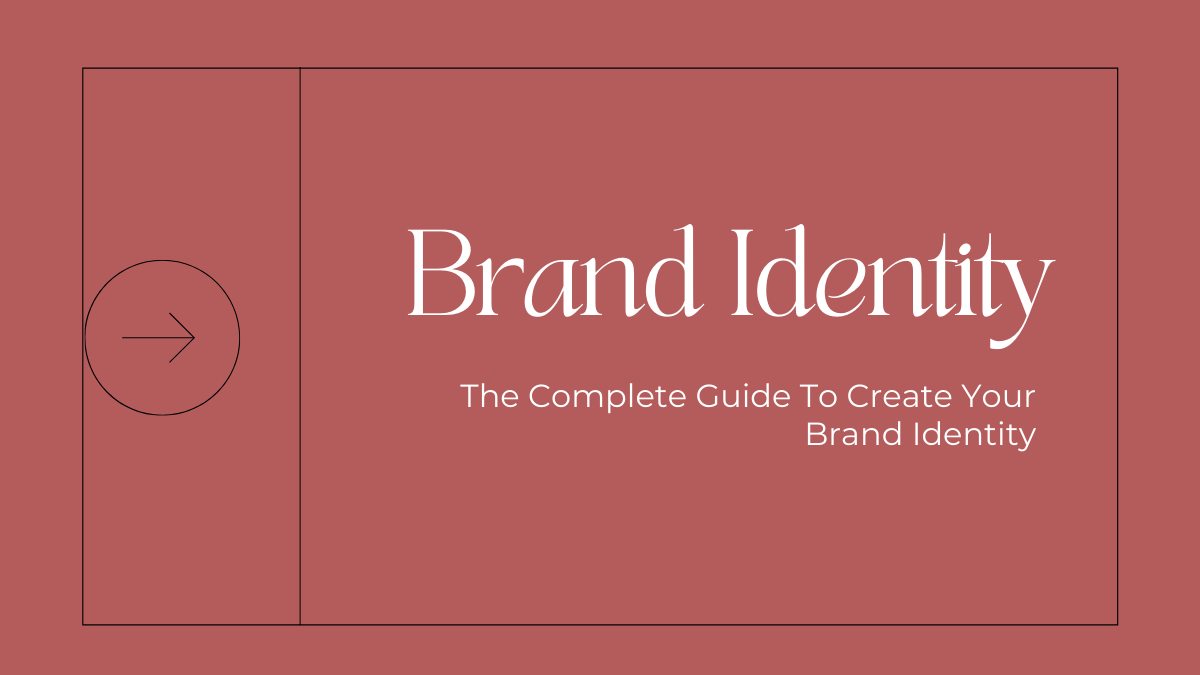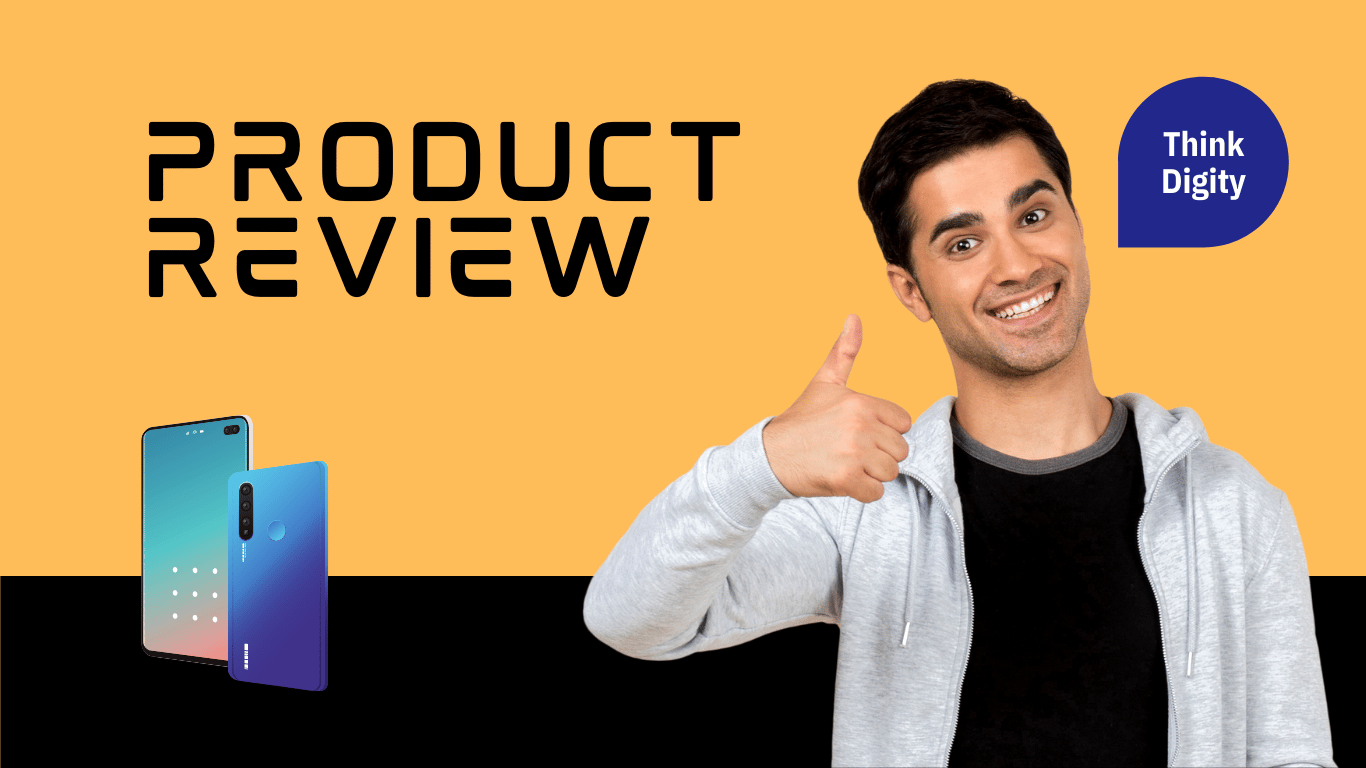
This article will learn about different target audience examples and the best platform and tools to target them.
What is your target audience? Answering these questions determines your business’s success. This article will learn about different target audience examples and the best platform and tools to target them. So what exactly does a successful marketing campaign look like when defining a good customer profile or buyer persona? It’s all about understanding who they are, what they want, and what you need to do to reach them.
Whether you are a seasoned marketer or a newbie, knowing how to target your audience is essential for business growth. No matter the size of your business, it’s crucial to study and understand your potential customers. Who is going to buy your product? Who is going by looking at the advertisement in the newspaper? Who is your ideal customer?
When it comes to knowing where exactly they are, you need to use tools that give you their location. When it comes to having proper communication with them, you have different options. You can opt for other communication methods according to the audience’s interest and various device choices.
You may also need to know what they are interested in. Who are they? Are they parents, students, business owners, etc.?
What do you need to find out about your customer? Here are some things you may want to know.
What is the definition of a target audience?
A target audience is a group of people that a company targets with its marketing efforts. The company wants to sell to this group because they have certain things in common. For example, the people might be educated and have goals and interests similar to those of the ideal customer.
You want to advertise and promote your product with people who will buy it. However, you won’t get many sales if you target people who don’t want to buy your property or don’t have the money. You can find out which audiences are more likely buyers by considering standard behavioral and demographic features such as age, gender, income, education, or location.
A persona is a fictional archetype of your ideal customer and not based on actual data. Personas describe your perfect customer’s behaviors, needs/wants, and beliefs to help you create marketing that appeals to them. Ideal customers are like wish lists for marketers based on subjective and variable points. It’s hard to know what customers want if you don’t know who they are.
A target audience is a portion of the population to which a business directs its marketing efforts. The intention here is to target people who will buy from you and not just any random person on the internet. When we target a group of people, we’re talking about your ideal customer’s education, goals, interests, and problems. Your target audience is all about who you want to reach with your marketing efforts, and if you don’t focus on this one thing, you may get more site traffic, but it won’t do much for you. You can find out which audiences are more likely buyers by considering standard behavioral and demographic features such as age, gender, income, education, or location.
A persona is a fictional archetype of your ideal customer and not based on actual data. It’s hard to know what your customers want if you don’t know who they are. It is where personas come in — they’re subjective and variable points of information about your target audience that describe your ideal customer’s behaviors, needs/wants, and beliefs. Ideal customers are like wish lists for marketers based on subjective and variable points. Personas describe the behaviors, needs/wants, and views of your perfect customer so that you can create marketing that appeals to them.
If I had to choose one or the other (personas vs. target audience), I would select the target audience.
Examples of a Target Audience
You may not know it, but you have a target audience. Customers are those who buy your products or use your services. They want what they have bought from you to be good. So the first step is understanding what your target audience is.
An excellent way to find out who your target audience is is to identify examples of that group.
For example, a man, a woman, a teen, or a child.
Generally, they have the same thing in common like reading, running or soccer. Once you’ve identified a few examples of a specific type of person, it’s time to start researching magazines and industry publications that might direct this particular demographic.
For example, Cosmopolitan Magazine would be directed at young women in their 20s, while Runner’s World would focus on avid runners.
What Are the Different Kinds of Target Audiences?

Target audiences can divide into subgroups such as “intent,” “location,” “interests,” and more. Let’s look at some examples of how you might segment your target audience:
Interest
Separate people into groups based on what they like to do. It will help them have more fun. That can help you make data-driven, highly personalized messaging that allows people to connect in meaningful ways. Hence, brands have a better shot at connecting emotionally through advertising campaigns or other engagement mechanisms like email newsletters. They’re trying hard not to get lost among the noise by producing messages tailored to specific audiences who might otherwise ignore them entirely!
Purchase Intention
People may be looking for a specific product. For example, there are groups of people who want to buy a new entertainment system. It will help you understand their pain points to create tailored messaging that addresses these needs more effectively by focusing efforts on meeting those goals!
Subcultures
Understanding the culture of your target audience can help you better connect with them. Different subcultures have different motivations, so knowing which one they are in will give insight into what might motivate their consumer behaviors and offer suggestions on reaching that particular group’s needs more effectively!
What Is the Difference Between Target Audience and Persona?
You already know the definition of the target audience so I won’t go into it again.
Typically, the data used to define the target audience is:
- Age
- Gender
- Study
- Buying power
- Social status
- Location
- Consumption habits
A target audience generally is broader than a persona.
For example, if you start a company without knowing your exact audience, you could like me (the author) instead of HubSpot. But, on the other hand, if I had known my target audience before starting my business, I would have done things differently to be successful today.
Here are some examples: Say your business sells educational toys for children; in this case, your target audience might be mothers or education specialists, or teachers.
You can also use personas to help strategize marketing campaigns by defining the characteristics of specific groups within an overall population segment who share particular interests, needs, behaviors, and attitudes with each other in common.
At the same time, if you know your target audience is very small or difficult to find, it might be more practical to create a persona instead. For example, say you are building an app for people with diabetes. However, you can’t make a diabetes app for someone without Type 1 or Type 2 diabetes because they have different needs and uses from each other.
It might be better to focus on one type of persona in a situation like this. It will be hard to see which ads work and which do not if you do not.
What Is a Customer Persona?

A customer persona is a profile of your ideal customers. The goal of developing personas is to help you understand your target audience’s needs, wants, and desires to create more effective marketing campaigns. Personas are fictional characters with characteristics based on real people from your target market research. These personas may help you direct marketing actions better as they represent your brand and should make you into clients who remain loyal to it for long periods, if not forever!
An essential thing to remember is that personas are not real people but made-up ones. Therefore, you cannot get offended or upset if your audience doesn’t like what you offer or don’t buy it. If this was the case, the customer wouldn’t be in character and lose its worth as a persona.
A persona is a person who is like your audience. It takes more research to make a persona because you need details about this person.
- Personal qualities
- Purchasing power
- Lifestyle
- Interests
- Action in social networks
- Professional information
It is essential to make a distinction between personas and target audiences. Target audiences are more general than personas. For example, a persona may define by their interests or demographic information. In contrast, the idea behind targeting someone for marketing purposes isn’t always clear-cut- it’s not uncommon that people will have different needs depending on what industry they work in!
Why Is It Important to Find Your Target Audience?
Many mistakes can make when trying to find your target audience.
If you don’t know who you want to market to, then the chances are that you will end up wasting time and money and attracting the wrong people.
It is crucial to figure out your target audience as soon as possible. Then, it will be easier for you to do keyword research and identify opportunities that generate revenue rather than just traffic.
Next, ask yourself what interests this person or demographic might have. What types of websites does this person visit? How can you make content that people like? It will be easier if a good idea of what your audience likes and then create content that caters to them specifically.
The more specific you are, the easier it is to see what you have.
The following example shows how different types of people shop for cars:
As you can see, there are different types of people looking for cars.
This makes it easier for you to market yourself to a specific kind of person because you know their likes and dislikes.
As a result, you must define your target audience as soon as possible. This way, you will generate interest in the right people and ultimately find success with your business.
Target audience categories include:
- Cold audiences
- Warm audiences
- Hot audiences
- Customers
- Demographics
- Needs
- Attitudes & opinions
- Personality
- Lifestyles
- Fans
Customers, for example, apply to one firm before moving on to the next. Customers also prefer certain companies over others. The following is a list of target audience examples.
Cold audiences, warm audiences, and consumers are some common target market examples. This lesson will categorize them into the correct Facebook audience structure, Instagram audience structure, and LinkedIn consumer segmentation.
How Do You Define Your Target Audience?

It’s not difficult to determine your target audience. It all boils down to a few simple questions.
You can find out which audience you’re targeting by going through each question below.
Who Are They?
It’s essential to think about who your audience is. It will help you identify with the brand, affecting what content or message we want them to consume instead.
To have an impact, companies decide what they want to say.
Social media has become an essential tool for businesses to reach new customers. To find out who is interested in your company, you can monitor what people post on social sites like Facebook and LinkedIn by checking their profiles regularly or watching the tags they use when sharing content with friends via email blasts.
Most people are only willing to engage with those they identify as their target.
Many people do not use social media much, but they are still a good target for you. The people who frequently buy from or sign up for you have to offer more engagement with their lives.
Do you know that customer who’s been a loyal buyer since you first opened? Yeah, they count too.
Even if they bought something from us before and not recently, they might repurchase it because we care about them.
It takes a lot of work to maintain the customers you’ve gained, but it can lead to great things if done right.
Customers want to feel special, and that’s why the post-sales process is so important. Your relationship with your customer can’t just end after they’ve made their purchase – you have an obligation towards them as well!
What are their primary difficulties, challenges, or desires?
Customers may like something other than what’s excellent, engaging, and healthy.
When defining your target audience’s needs, don’t just think about what they want. Instead, put yourself in their shoes and consider how they would feel if it were YOU who was struggling with this problem or desire.
Before making any offers, do your research and consider all data collected on potential customers. Then, make sure to use this information to be most effective; remember there are no complex rules when dealing with human beings!
To be an effective communicator, you must understand your audience’s difficulties. In this way, they can feel like their problem is taken seriously and not dismissed as unimportant or too difficult for them!
Use tools to help you
Digital transformation has created an era of marketing tools and resources for brands to make their strategies. For example, when analyzing target audience definition, you must check out data from Google Analytics, which provides information about who visits your website and where they get here from.
It would help if you took the time to determine what types of people spend the most on your website and social channels. In addition, it will help you understand who is visiting your house. Then, use this data to create a valuable campaign for them.
Where Do People Go To Find Information on the Internet?
We all need the information to know about the world. That is because then we can be prepared for what is happening.
Do you know how it feels when you’re out running an errand, and then just before your head hits that doorjamb, two more houses on the list pop into existence? When we have a lot of information, we can get overwhelmed.
The one thing we can do in those times takes some deep breaths and ask ourselves: “Where would I go if I needed help?”
Sometimes, the right words can make all of your communication more effective. If you want to convince someone that buying this product will benefit them or motivate employees to do their job better, think about how they would talk and speak in those terms too!
My audience is always on the go. They read marketing blogs and spend a lot of time-consuming social sites like YouTube or LinkedIn to stay up-to-date with what’s happening in their industry!
What Real Benefit Do You Offer?
Don’t be surprised if your target audience searches for solutions to their problems and wants easy lives. People with similar desires are not unique, so it shouldn’t surprise them that they would share these feelings in joint with those around them!
What is the one thing that will make your product or service stand out? Think about this for a moment, then figure out how to answer “what problem does it solve?” The benefits of what you offer should come as no surprise.
With so many competitors, you must find your competitive advantage and always try to improve the quality of your product. For example, provide better customer service or a free tool for customers who want it even more than before!
What Do They Focus On Negatively?
Optimism is always a good thing, but sometimes we need to think about the negative. For example, in advertising, you have to remember that not everyone will like your product or service, and it’s essential for target audiences which ones they should want!
It’s better to focus on the things your audience doesn’t expect. For example, think about what they don’t want and avoid giving it too!
You can make people want to buy your home with this information.
Avoiding what they think is terrible will make them like you. After that, you can use social media and email marketing to get your message across.
Who Do They Trust?
Trust is everything to your target audience. How can they trust you when their friends and family tell them different things?
A company’s success depends on building a solid relationship with its clients; if they don’t know or like that specific business, no advertising will help get anyone involved in what it has going for itself!
The importance of reviews on Amazon can see in how they have helped build trust between sellers and buyers. Some people think that reputation matters online. That is why Amazon became a trillion-dollar company.
It is the last question, but it is also one of the most essential.
The reputation of your company is crucial to success. Grow your business by taking care of your customers. That way, they will come back. It will help you get more customers and protect against negative reviews. On sites like Yelp, give good service and tell people about new products.
Reviews are the key to success. Get good ones, have positive comments, and build up your reputation so customers will be more motivated when buying from you!
How can you reach your target audience on social media?
How do you get more of your target audience to connect with? There are many ways. The key is being creative and willing to experiment! Here are just three quick tips for connecting with social media audiences in a way that will make them feel appreciated:
Lookalike audiences and ad targeting are two of the most significant features.
GANT’s YouTube series showed to people who looked like GANT’s audience. Then, they based those targeted groups on both customers and subscribers, making this new advertising campaign more successful than ever before!
Lookalike audience targeting is a good way for people to find you on social media. It means that Facebook will make another person who looks like you. You can see what they are doing. With lookalike audiences, you can ensure that they share many of the same characteristics and behaviors as your current base. As a result, engagement rates will be better and more authentic than followers who might only like your feed when prompted by influencers or don’t follow you throughout their feed.
I would add, “because these folks already know what makes sense.”
You can’t do anything if you don’t know who to talk to. Consider using social ads, and you’ll be able to reach the precise audience of people who are most likely interested in what your business has on offer.
Targeting specific audiences can be a great way to reach your marketing goals. The NHL, for example, uses geographically targeted ads with specific teams in mind – such as Flames fans or Oilers collectors!
Don’t forget to make your ads personable and engaging. Does this language sound like the people I want to listen to? Does it make sense for them in their context of life with these visuals?
This article will teach you how important targeting is when advertising on social media platforms such as Facebook – so read carefully!
The money and the organic materials will raise awareness.
You must adjust your organic and paid content strategy as you focus on reaching your target audience for social media sites.
Use the information you learned about your social media target audience to create a plan for blogging, email, or messaging on platforms.
- Content
- Captions
- Images
- Post types
- Ad scheduling
You can use A/B testing to learn what content people like better. It will help you make more of what people like and less of what they do not like.
As needed, go back and review your audience research.
The results of your A/B testing will often provide additional insight that you may not have had when first creating a target market statement. Before moving forward, be sure to incorporate any lessons learned into future actions and presentations!
If you don’t revisit your target audience definition regularly, make sure it accurately describes the people who will be most interested in what you have offered. For example, the Limited has been able to keep its original target group for over 40 years because they’ve done just that with some regularity- revisiting how they defined their ideal clientele on social media platforms like Facebook and Twitter. Hence, as not miss out any opportunities of reaching them there.”
Back in the 1980s, Atari marketed their gaming console to kids. Today though, their target market has grown up, which means it’s time for a change – so what does this company do? They went back into every person’s memory by launching an online fundraising campaign that successfully raised $200 million from supporters worldwide!
Conclusion
When you want to reach the right people with your message, they must be in an audience suited for their needs. It will help ensure response by signing up on a mailing list or downloading something free from our site and visiting one of many products we offer online at no cost!
When running successful campaigns, there must be both motivation and relevance between what’s offering and those who receive messages about such offers; otherwise, potential customers would opt out without seeing anything first-hand (or bought).
It’s no secret that we live in a digital age where your customers browse the web and look for products. But what does it take to reach them? What do they want from you or your company, and how can you get their attention? The answer is understanding who they are, what they’re searching for, and which platform will work best with your product. We’re here to help! Contact Us today if you need assistance defining your customer profile or buyer persona so that we can create an effective marketing campaign explicitly tailored to suit both of our needs.






